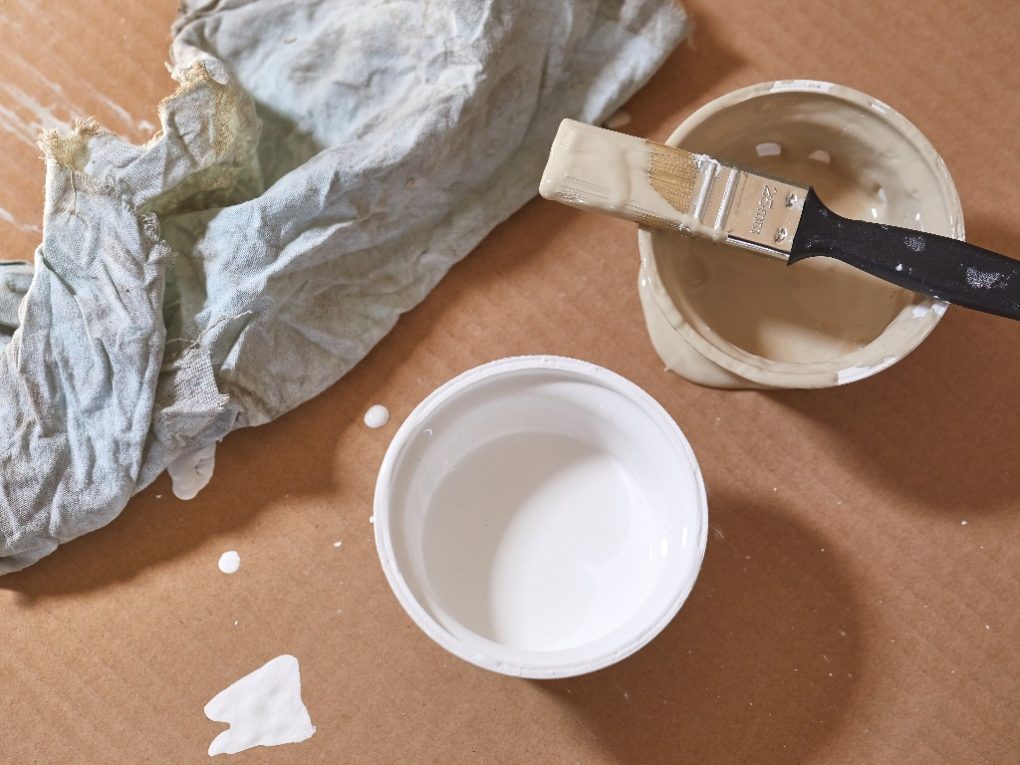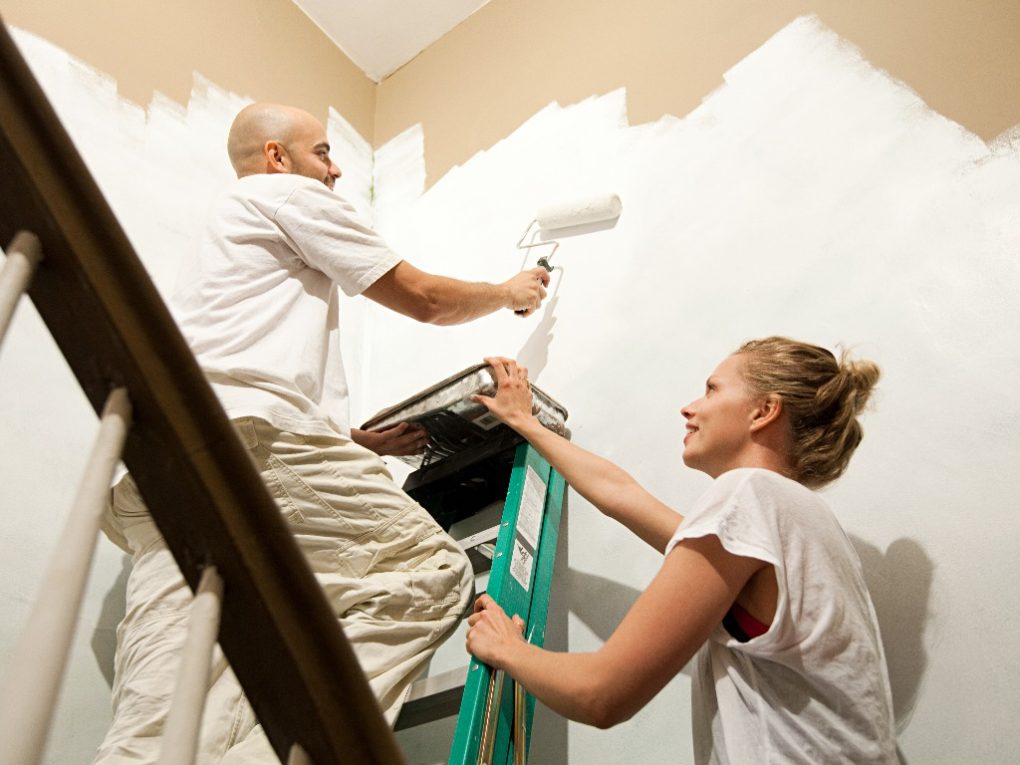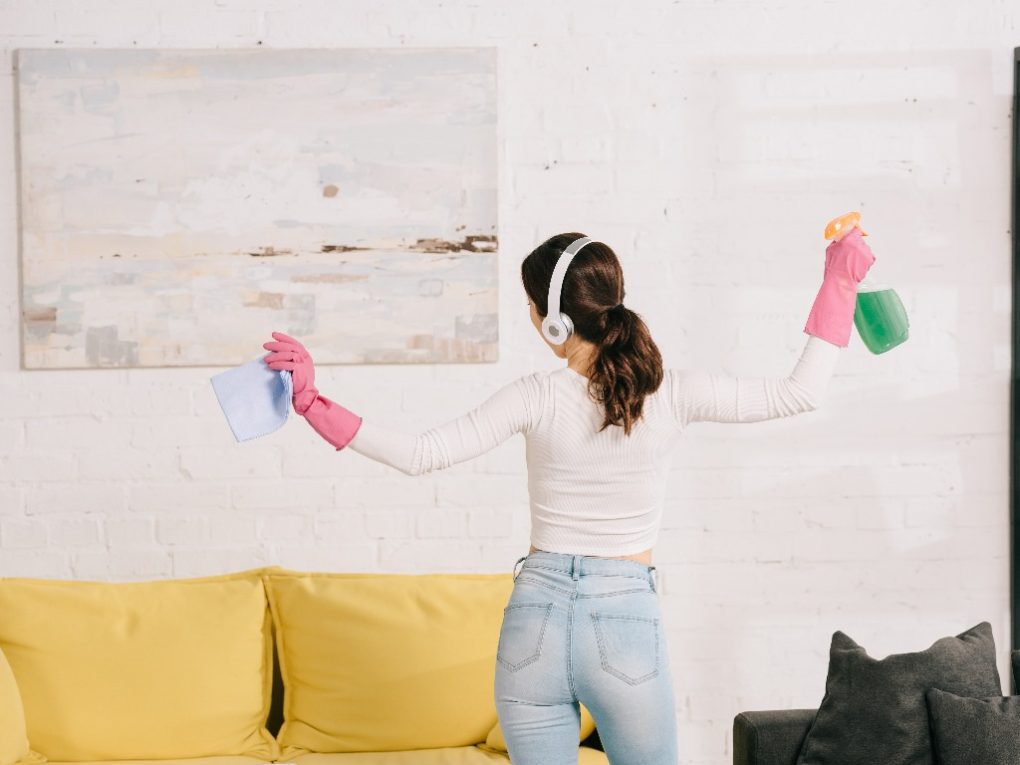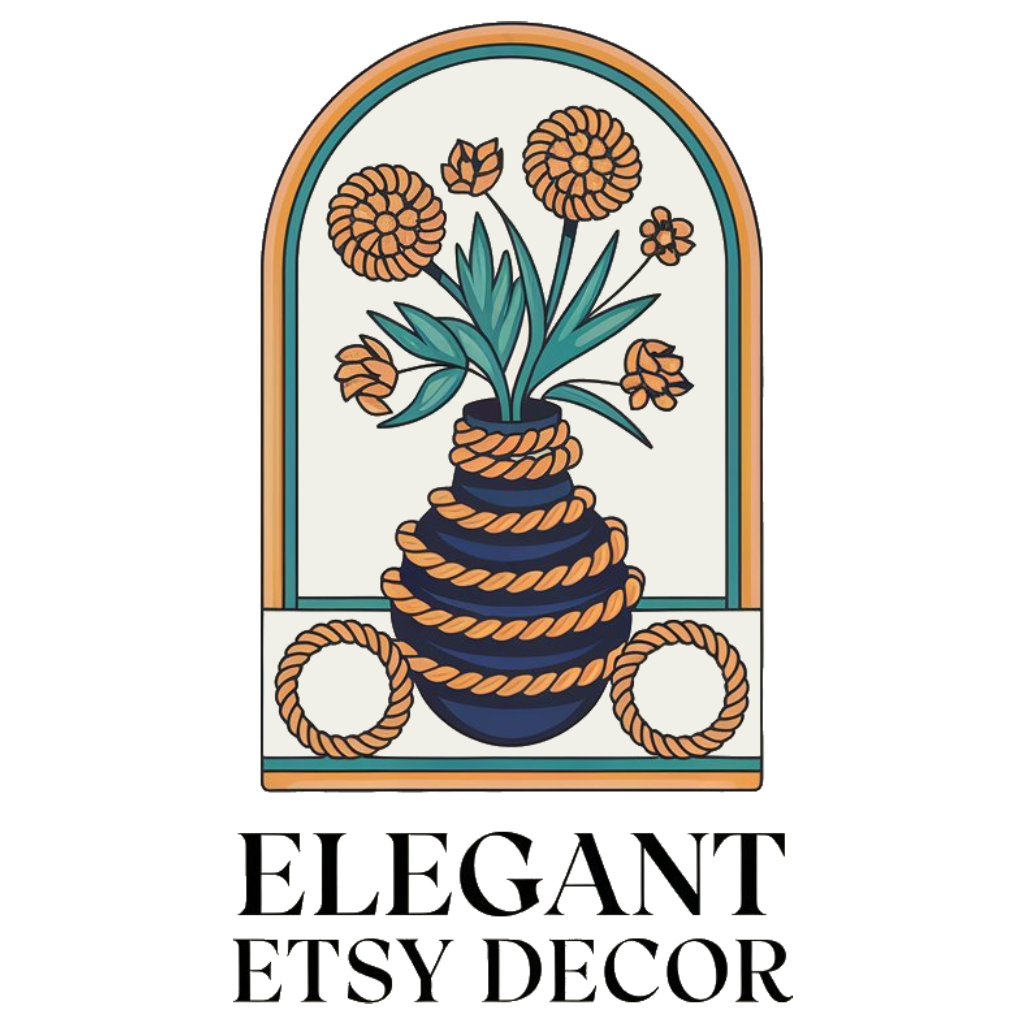Yes, white eggshell paint can yellow with age. This happens due to several reasons.Sunlight exposure, accumulated dirt, and wall oils are major contributors.Certain cleaning agents and environmental conditions can also cause this color change.

However, with the right upkeep, you can stop eggshell paint from yellowing. Keep its initial color vibrant for years.
Understanding White Eggshell Paint Discoloration
White eggshell paint can turn yellow due to several reasons:
several elements can cause white eggshell paint to turn yellow:
| Factor | Effect |
| Exposure to sunlight | Accelerates yellowing |
| Humidity levels | Higher humidity levels can cause more rapid yellowing |
| Cleaning products | Some cleaning products can cause yellowing |
| Paint quality | Lower quality paints can yellow more easily |
Preventing yellowing of White Eggshell Paint
Choosing the Right Type of Paint
Latex or water-based paints resist yellowing better than oil-based paints. Acrylic resins in water-based paints offer superior resistance to yellowing.Conversely,alkyd resins in oil-based paints tend to yellow as they age.
Choose paints marked “non-yellowing” or “low-VOC.” These paints are designed to resist yellowing. They are excellent for white eggshell finishes as they have fewer volatile organic compounds.
Superior paints often boast enhanced formulas. They resist yellowing better than budget options. Choose trusted brands celebrated for lasting performance and resilience.
When prepping surfaces for painting in 2025, skip oil-based primers. They tend to yellow, altering the paint’s true color. Opt for water-based primers marked “non-yellowing” or “low-VOC” for better results. Also, consider paint additives formulated to inhibit yellowing. Mixing these in before painting can significantly reduce discoloration over time.
Proper Surface Preparation
Prior to commencing the painting process:
Sanding prepares the surface, ensuring the paint sticks well.Use fine sandpaper, like 100 grit, to gently smooth any rough spots. This also eliminates glossy coatings that hinder paint from adhering properly.
Priming before you paint is key. It seals the surface and helps paint stick properly. Choose a top-notch primer made for your material, like wood, drywall, or metal. Always follow the manufacturer’s directions for applying and drying. Skip oil-based primers; they can yellow over time and change your paint’s look.
If you’re painting over stained surfaces like those marked by water or smoke, consider a stain-blocking primer. These primers are designed to stop stains from seeping through the paint. They also help prevent the paint from yellowing as time passes.
When repainting discolored or yellowed surfaces, removing old paint is key. Use a scraper, sandpaper, or stripper to expose the bare surface. this ensures a fresh, new coat adheres properly.
various paints demand specific surface preparation, submission methods, and drying durations. For optimal outcomes, consistently consult the paint manufacturer’s guidelines on the label or technical data sheet. Adhering to these instructions meticulously guarantees proper paint adhesion and long-lasting durability.
Applying the paint Correctly
Prior to painting, mix the paint well. Use a paint stirrer or mixing tool for this. This ensures even distribution of pigments and components. It also helps prevent yellowing and ensures consistent color.

For eggshell paint application, use consistent, thin layers.Thick paint layers can cause yellowing.Apply the paint smoothly with a quality brush or roller. Follow the manufacturer’s application guidelines for best results.
Excessive brushing or rolling can cause paint to yellow. Avoid overworking the paint. This prevents streaks and unevenness, reducing the chance of yellowing. Apply paint smoothly and with control. Refrain from excessive back-and-forth motions.
Let each paint layer completely dry before adding another.Don’t speed up drying; it impacts paint quality and may cause yellowing. Check the paint maker’s guidelines for drying times between layers. These times change based on paint and weather.
Smoke and cooking vapors can yellow paint, particularly in kitchens or humid spaces. Refrain from smoking or cooking close to newly painted areas. These fumes might discolor the paint, leading to yellowing over time. sunlight and UV rays can also cause yellowing. Opt for paints with UV protection. This helps lessen the impact of UV rays and reduces yellowing.
Adequate ventilation is key during and after painting.It ensures proper drying and prevents fume buildup, which can impact paint quality. Open windows or use fans to ventilate the room while painting. Continue this good ventilation even after the paint is dry.
Maintenance and Cleaning
Maintain your painted surfaces by cleaning them often. This prevents buildup of dirt,dust,and grime. Use a soft cloth with mild detergent in water for gentle cleaning. Avoid harsh chemicals or abrasive cleaners. These can damage the paint and cause yellowing. Clean gently with a soft cloth, sponge, or non-abrasive tools.

Humidity can damage paint, leading to yellowing, particularly in bathrooms and kitchens. Use exhaust fans or open windows for better ventilation. Quickly wipe up spills on painted surfaces to stop moisture from penetrating the paint.
Address spills and stains on painted surfaces immediately. This prevents them from setting and causing discoloration.Gently blot spills with a clean cloth. Use a mild detergent or stain remover suitable for the stain type. Avoid harsh scrubbing to protect the paint finish.
Check painted areas often for damage,fading,or yellowing. Fix problems quickly by touching up the paint. This stops more damage and keeps the paint looking good.
